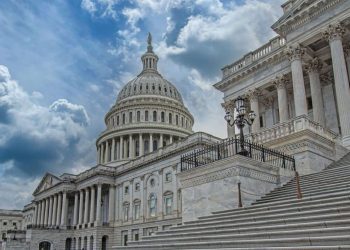Inflation was mild in April as President Trump’s tariffs policy, which has generally been put on hold for the time being, did not impact numbers dramatically. Whether the oft-changing trade measures lead to noticeably higher prices by year’s end remains to be seen.
From the same month one year ago, the PCE price index for April increased 2.1%. Excluding food and energy, the PCE price index increased 2.5% from one year ago. This follows flat readings seen in last month’s report.
Melissa Cohn, regional vice president of William Raveis Mortgage and a 43-year mortgage industry veteran, thinks tariffs are the major issue potentially preventing a rate cut. With Trump hoping for a rate cut, he’s unlikely to get it soon, despite the rosy inflation numbers.
“Powell met with Trump (on Thursday) and told him that the Fed’s decisions were going to be apolitical and data-based,” said Cohn. “The problem that Trump and the Fed are facing right now is that the tariff situation is very unclear, and until there’s absolute clarity as to that, the Fed can’t decide if it’s going to make a move or not.”
She added that it somewhat feels like it’s back to square one with the Trump administration’s economic policies, and trying to make sense of what they mean for the future. “It’s kind of like Groundhog Day, because it feels like we’re starting all over again every day.”
The same report showed that consumer spending slowed in April, even as incomes rose modestly. Personal income increased $210.1 billion (0.8% at a monthly rate) in April, according to estimates. Disposable personal income (DPI)—personal income less personal current taxes—increased $189.4 billion (0.8%) and personal consumption expenditures (PCE) increased $47.8 billion (0.2%).
The increase in current-dollar personal income in April primarily reflected increases in government social benefits to persons and in compensation, according to the report.
For expenditures, a $47.8 billion increase in current-dollar personal consumption spending in April reflected an increase of $55.8 billion in spending on services that was partly offset by a decrease of $8 billion in spending for goods.












